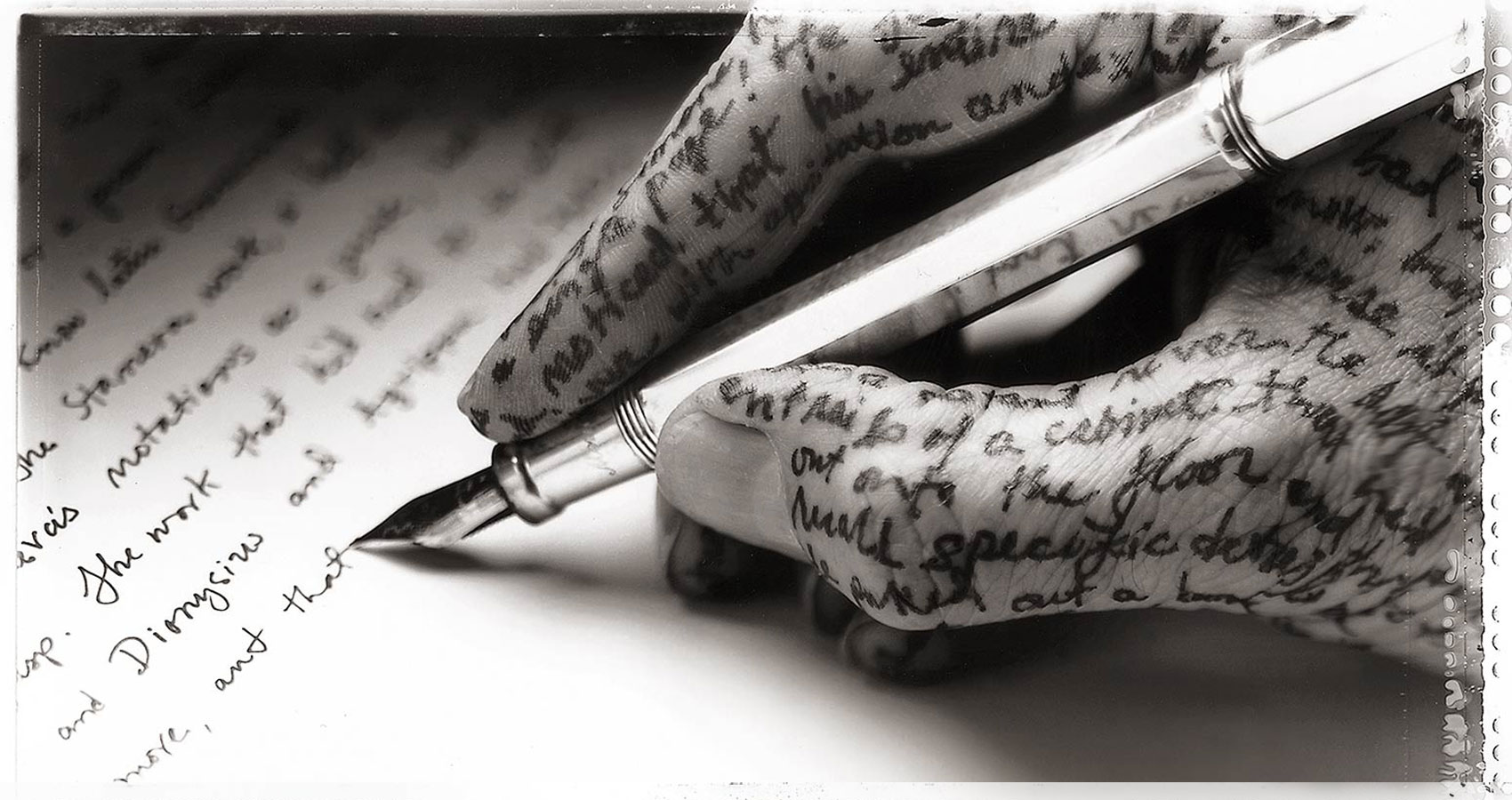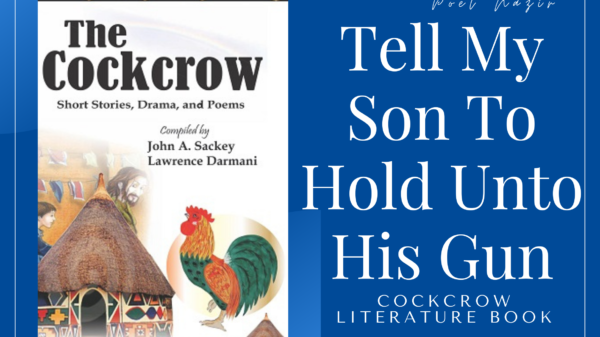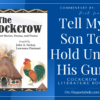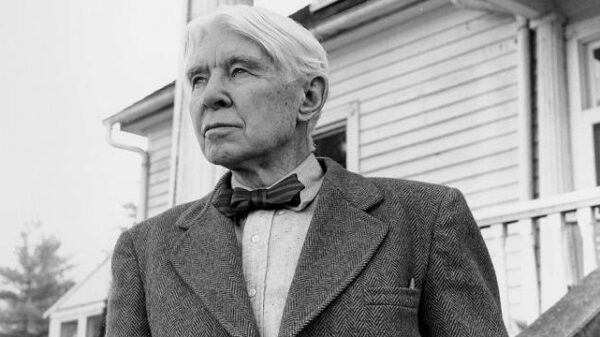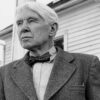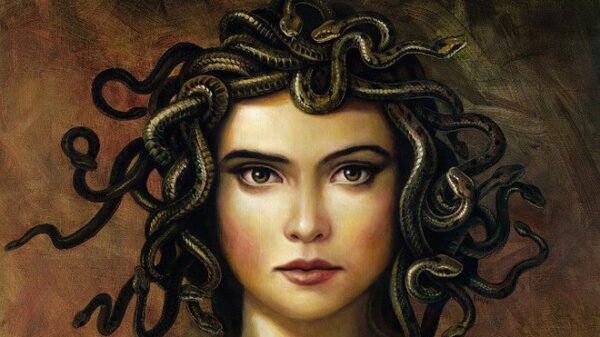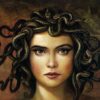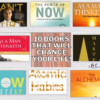Prose is a piece of writing which are written chapters and units. It includes history, journalism, philosophy, fiction and fantasy writings, and children’s literature. A person who writes prose is called as an Author.
Read Also: What Is Poetry? Definitions According To Popular Poets In Different Situations
Table of Contents
Kinds of Prose
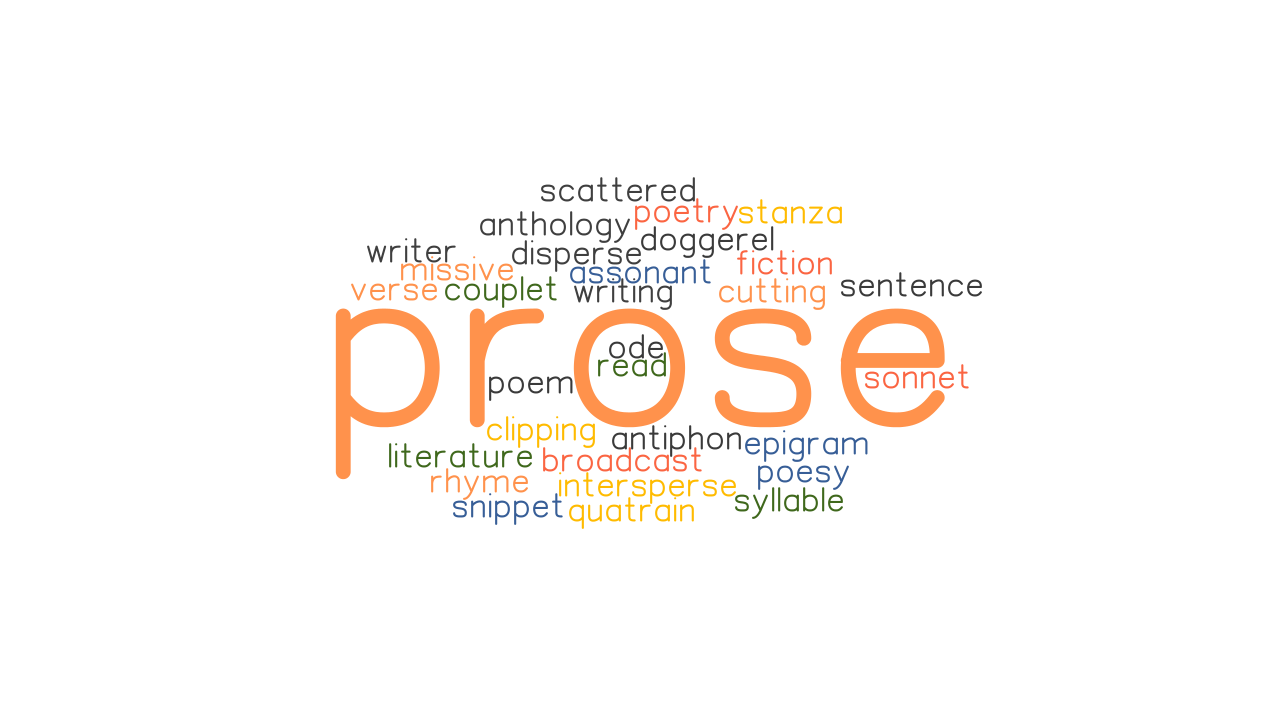
A Novella: A short written story.
A Novel: A long written story. A novel can be based on crime, romance, comic, detective, or adventure.
A Farce: A story that is full of of humour and loaded with exaggeration.
Anecdote: A story or tale purposed to create fun.
A Fable: It is a short story meant to give a moral teaching.
Fiction: It is story or novel that is written out of ones imagination (the events and characters are not real).
Non-Fiction: It is a real story written by the narrator or another person. Examples are memoirs, biographies, opinion pieces, expository, etc.
Read Also: Sonnets: Understanding The Various Types, Variations & Schemes
Elements Of Prose
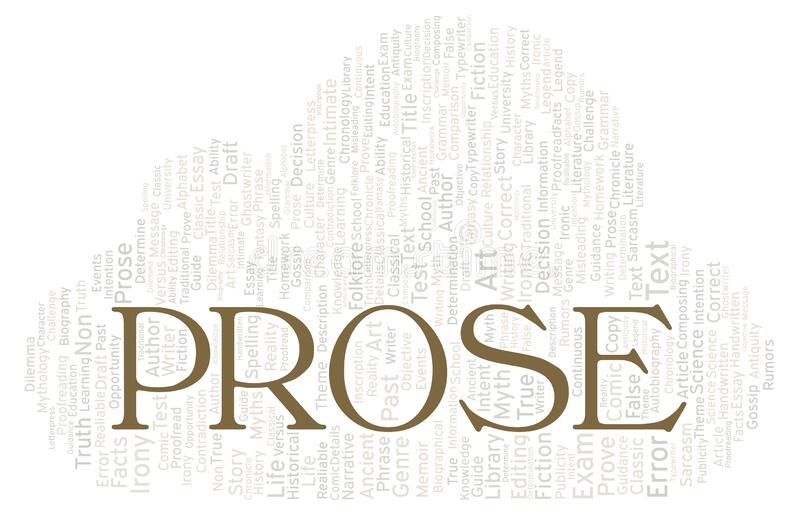
The Setting: This refers to the time and place in which the events in a story take place.
Theme: This is the central/main idea/message the writer wants to convey to the reader(s).
Subject Matter: This refers to the issue(s) under discussion in a story.
Plot: Plot refers to the sequence of events or incidents that make up the whole story. Plot has four main features or elements. They are the action, conflict, climax and resolution (denouement).
Action: this refers to the events that take place in the story (i.e. what happens to the characters and what they do in the story).
Conflict: It is a disagreement, confusion or clash between two opposing forces. Conflicts in stories can be grouped into two;
Internal Conflict: A conflict within a person.
External Conflict: Aconflict between people, a person and nature, or between a person and the society.
Climax: It is the turning point in the story.
Resolution(denouement): It is the settlement of conflict in a story.
Read Also: 10 Best Fiction Books Everyone Should Read In 2022
Characters in Prose
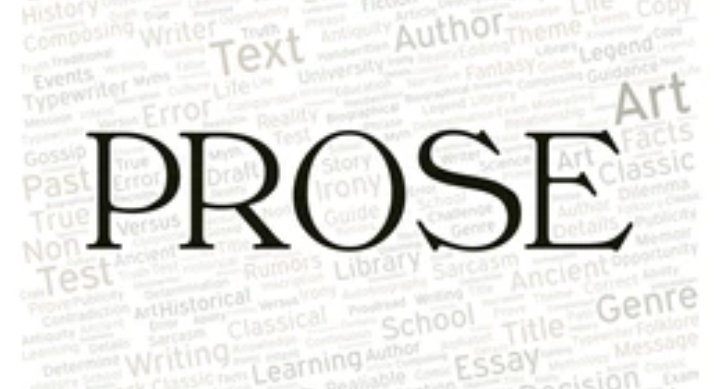
These are the people or creatures in the story. How a writer or author creates characters to suit the plot in the story is known as characterisation. The principal or main character in a story is known as the protagonist/hero (male) or heroine (female). The main opponent of the protagonist is also called antagonist
Some Kinds Of Characters
Tragic Hero: He/she is the major character in a tragedy.
Comic Hero: He/she is the major character in a comedy.
Eponymous Character: Is a character after whom a story or play is named.
A Stock Character: Is a notorious but popular character in a novel or play.
Dynamic/Round Character: Is a character who changes the mind and character as and when necessary in a story.
Flat/Stereotype/Static Character: Is an unpredictable and unchanging character in a story.
Trickster: Is a character that plays tricks on others.
Toady Character: Is a stingy or miserly character in a story.
Villain: Is a selfish and bad character whose aim is to harm in order to satisfy himself/herself.
Foil: Is a character that is completely opposite to another character in the same story.
Others:
First Person Narrator: Is the person who narrates the events in the story in his/her own voice (“I”).
Central Observer: Is the one who is a sole witness to all the happenings in a story.
Omniscient Narrator: Is a versatile narrator who reveals the thoughts of the characters to the reader or audience.
Read Also: Quatrain – 4 Line Poems
Some Figures of Speech in Prose
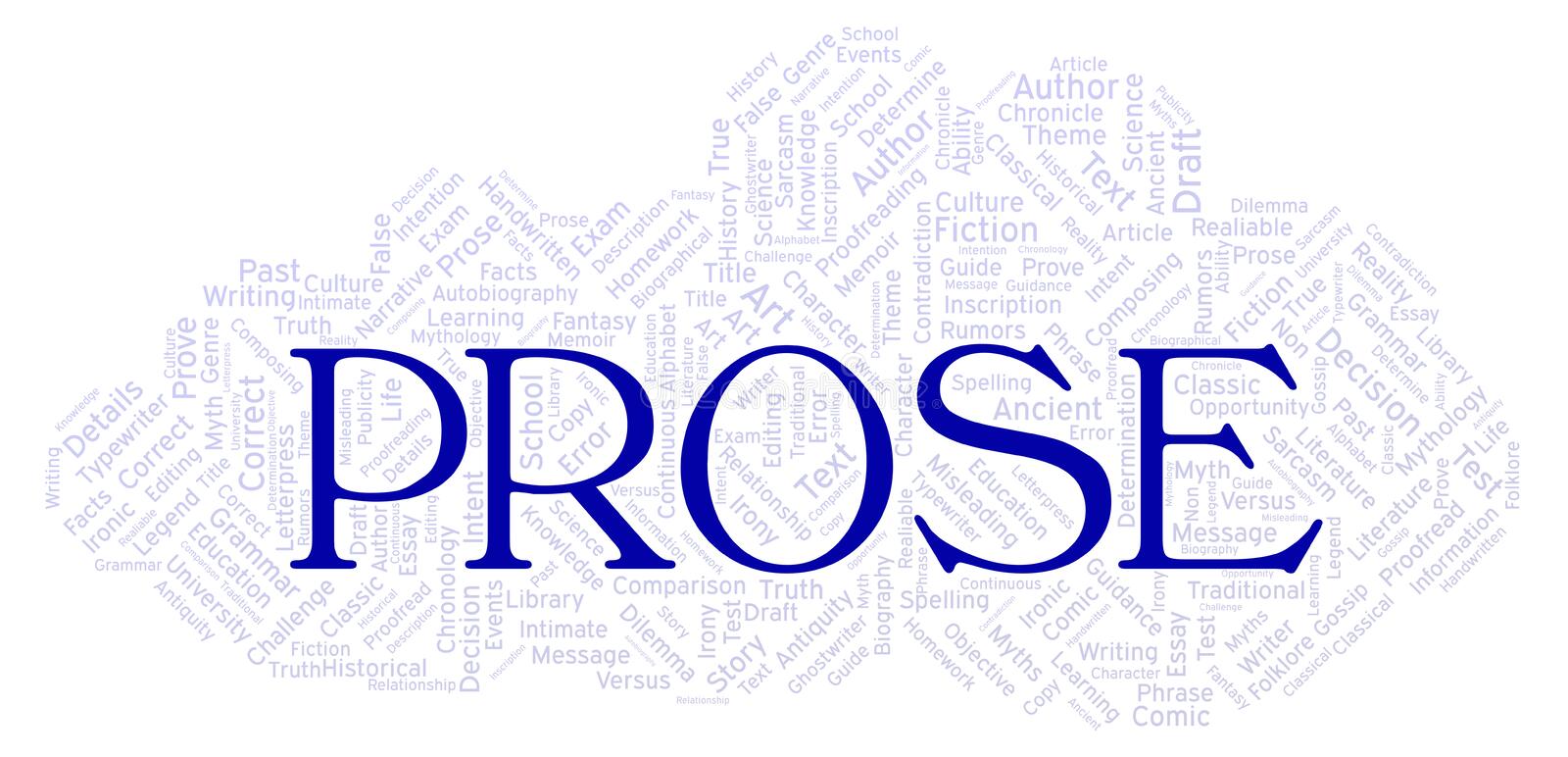
Rhetorical Question: This is a type of question that demands no answer.
Examples
- Why am I in this mess?
- Who is so foolish to hate his parent?
- Why are you staring at me like you’ve seen a ghost?
- When gold rust, what will iron do?
Sarcasm: It is a way of teasing someone in order to hurt feelings.
Irony: aut is the use of statements or words to express another meaning from the one said in the sentence. It also states the opposite of what is being said.
Examples
- The man was so poor that he could afford a Bugatti.
- My father is so generous that, he even takes money from beggars.
- Desmond is a very brilliant student, having failed his exams.
Synecdoche: It is a figure of speech which a part of something is used to represent a whole.
Examples
- All hands must be on deck to encourage progress (‘hands’ refers to people in the nation)
- My father has ten mouths to feed (‘mouths’ refers to members of the family)
- My home contains fourteen heads (‘heads’ refers to people found in the house)
Preface: It is a short introduction to a book written by the author himself.
Bibliography: It is a line up or list of publications used in the preparation of another work.
Autobiography: This is the life history of someone which is orginally written by himself/herself.
Plagiarism: It is act of taking somebody else’s work without seeking consent of the original owner.
Riddle: A difficult question aimed at confusing the answerer.
Biography: It is the life history of someone written by another person.
Flashback/Recast: This is where past stories or events are recalled to the present.
Paradox: It is a figure of speech that appears to be stupid at first sight but later found to be full of sense when critically observed.
Example
- Your bestfriend can be your worst enemy.
- The best way to learn a language is to speak it.
- The child is father to a man.
- Heard melodies are sweet but those unheard are sweeter.
- In mathematics of marriages one plus one is one.
Empathy: It is the ability to share and understand another’s person’s feelings.
Incantation: It is a verbal or spiritual charm or spells cast on a person or thing.
Pun: It is the use of two or more words with similar sounds but different meanings.
Example
- The wick is too weak to support the lantern this week.
Foreword: It is a brief preface to a book usually written by another person.
Allusion: It is an indirect reference to a well known event or material.
A Cliché: It is a stereotyped phrase or statement which has lost its value through its overuse.
Suspense: It is a way of leaving the reader’s or audience’s interest with the aim of letting him/her find out for himself/herself the outcome of an event.
Adage/Proverbs: It is a saying that is full of wisdom. Examples: Two heads are better than one.

